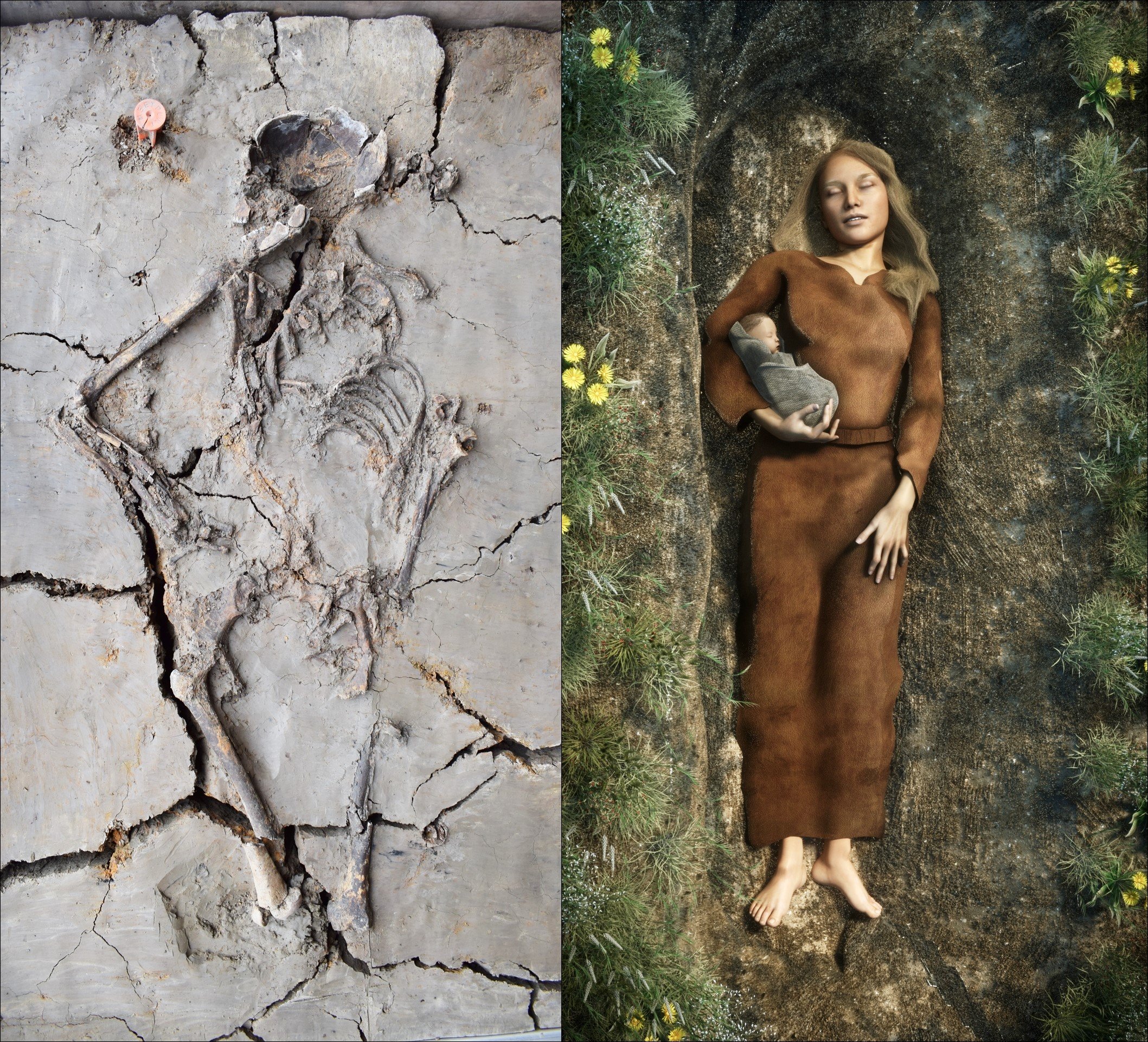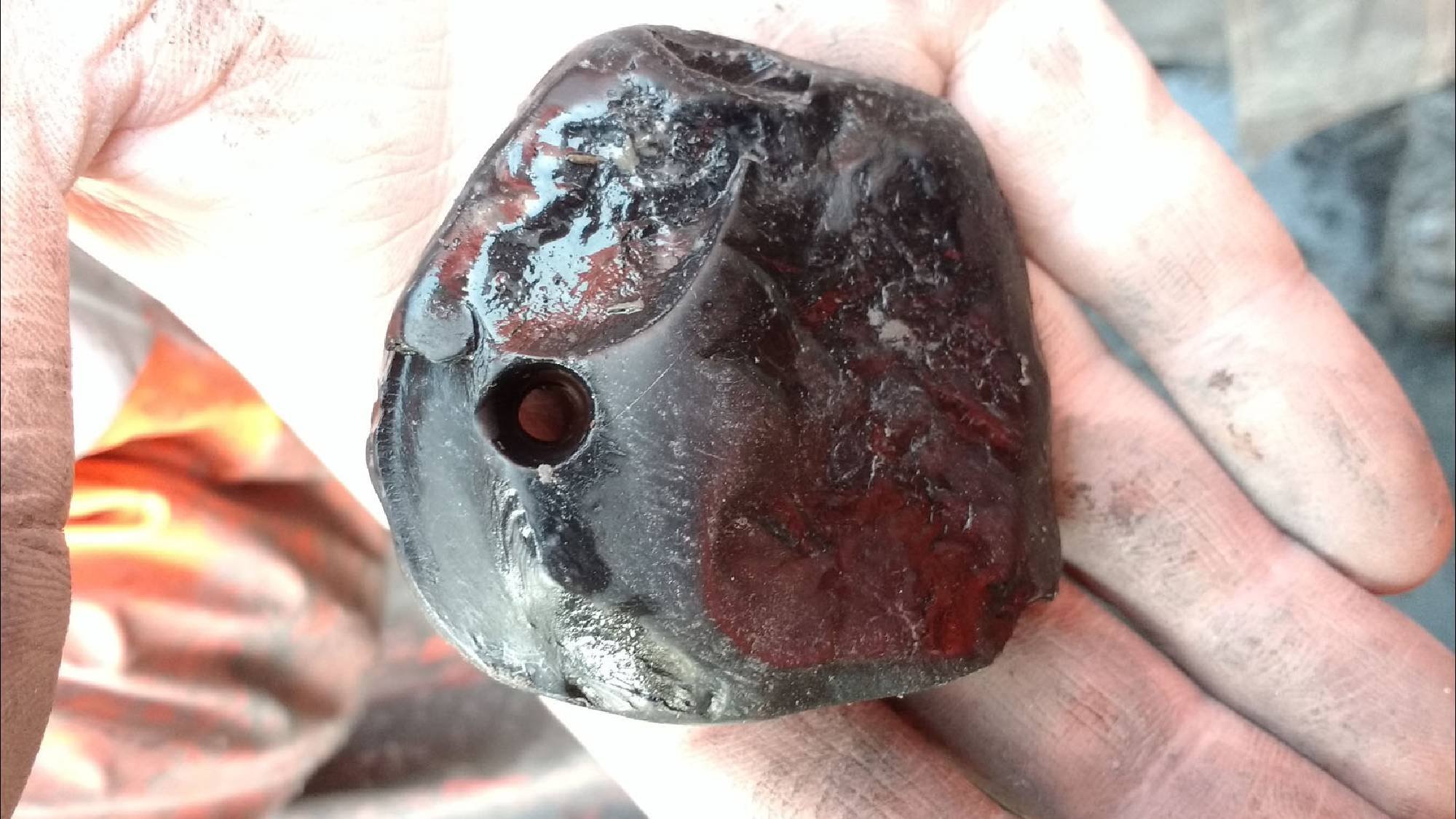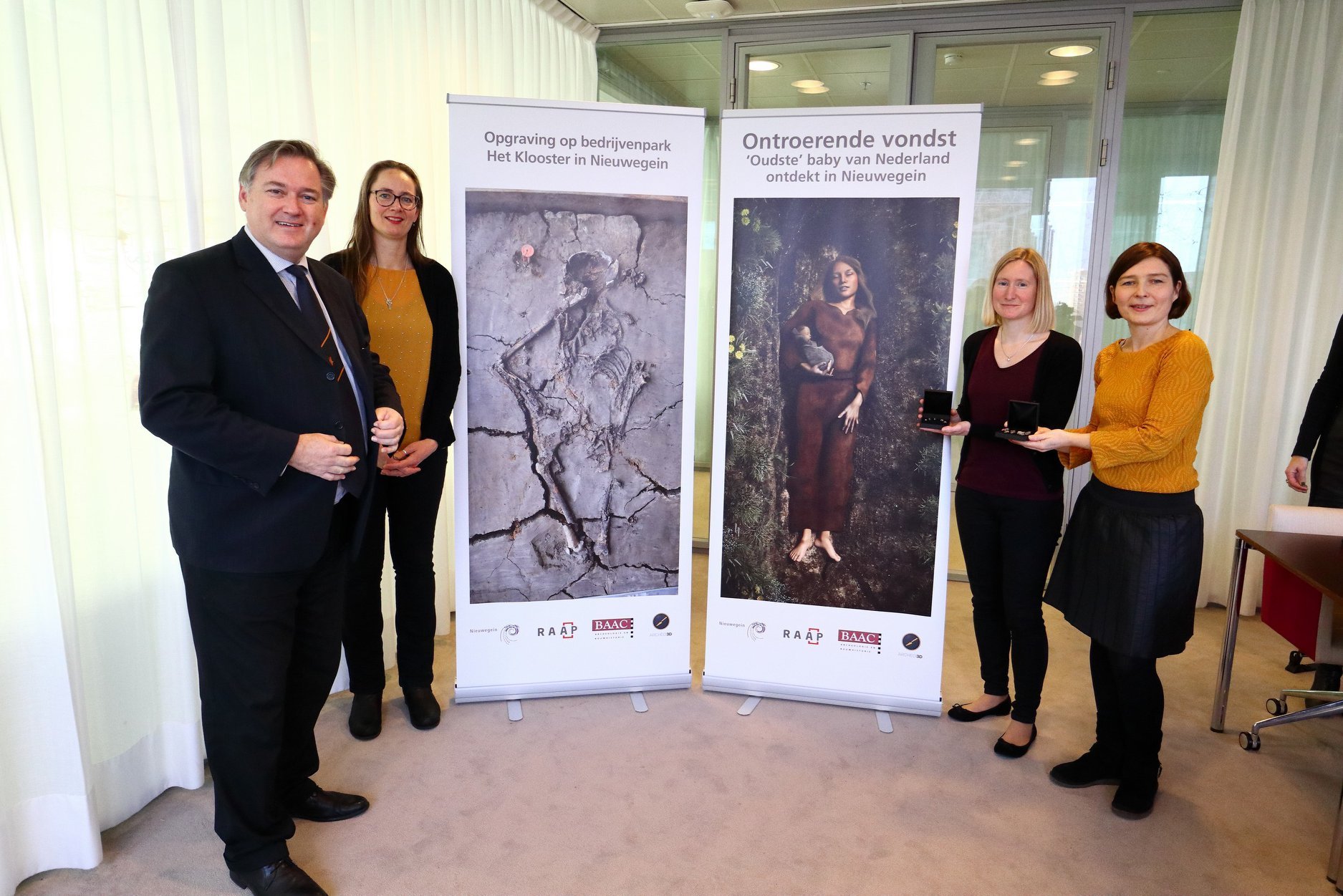During excavations at the cathedral in early 2022, researchers discovered two unusual lead sarcophagi dating back centuries.
Two lead sarcophagi discovered buried under the transept of Notre Dame Cathedral last March have begun to reveal their secrets.
The day after the fire that broke out at Notre Dame Cathedral three years ago, archaeologists were called in to survey the damage and help with the long and arduous restoration process. During excavations at the cathedral in early 2022, researchers discovered two unusual lead sarcophagi dating back centuries. However, no one could guess who was buried there.
Now, according to an announcement by French researchers, the sarcophagi contain the remains of two wealthy men, a cleric who may have suffered from the "disease of kings" and a young nobleman whose remains suggest a difficult life.
Eric Crubezy, a professor of biological anthropology at the University of Toulouse III, oversaw the opening of the sarcophagi last month and studied the bones to learn more about the men's age of death and lifestyle.
"The first remains were identified thanks to a plaque that was on his coffin," the professor told Live Science. The brass plaque bears his name, Antoine de la Porte, who died at the age of 83 on December 24, 1710."
De la Porte was a member of the clergy and in charge of the cathedral, according to Crubezy. The cleric financially supported the choir of Notre Dame and for this reason he was probably buried under the central part of the transversal aisle, where members of the elite were buried.
According to a statement from the University of Toulouse, de la Porte's remains are fairly well preserved – including his bones, hair and beard, as well as some textiles. Crubezy stated that the cleric's teeth were in excellent condition, but that there were almost no signs of physical activity on his body, meaning he led a sedentary life. His big toe, however, showed signs of gout, a type of inflammatory arthritis. Since gout can be caused by excessive consumption of alcohol and food, it is often called the "disease of kings."
No plaque was found on the second lead sarcophagus, so its "owner" remains unknown for now. This man was between 25 and 40 years old when he died, but his body betrays a hard life.
"He shows signs of someone who rode horses from a young age and lost most of his teeth in the years and months before he died," Crubezy said.
The investigator also found evidence of reactive bone swelling in the man's skull and spine, leading him to speculate that his death may have been due to chronic meningitis or tuberculosis.
Even more interesting was the posthumous practice of burying the unknown man, nicknamed "Le Cavalier". Although his hair was not preserved, researchers discovered leaves and flowers around his skull and on his abdomen.
"The horseman's skull had been sawed off and his chest had been opened for embalming," the researcher said. "This was common practice among the nobility after the mid-16th century."
The identification of the unknown man depends on when he died.
“If the date of his death is around the second half of the 16th century or early 17th century, we may be able to identify him in the death register we have. If it's earlier than that, we'll probably never know who he was," said Christophe Besnier, the archaeologist who led the National Institute of Preventive Archaeological Research (INRAP) excavation team, at a December 9 press conference.
In the coming months, researchers will focus on researching the geographic origins and diet of the two men. Final results of these analyzes are expected in early to mid-2023.

















